How to maintain the car brake system? The brake system is the core barrier of automobile safety, and its performance directly affects the emergency braking effect. Mastering scientific maintenance methods can not only extend the life of components, but also avoid safety hazards. It is recommended to perform systematic maintenance from the following four dimensions.
1. Three key points of daily inspection
Brake pad thickness monitoring: Observe the brake pad through the gap of the wheel hub. The thickness is less than 6mm (including the back plate) and needs to be replaced. Some models are equipped with wear sensors, and the instrument panel should be inspected immediately when the warning light is on.
Observation of brake disc status: Pay attention to whether there are grooves or cracks of varying depths on the surface. Slight scratches can be repaired through the disc. Severe deformation must be replaced as a whole.
Brake oil level confirmation: The brake oil pot in the engine compartment has a MAX/MIN scale. The drop in the liquid level may indicate a pipeline leakage. DOT4/DOT5.1 brake fluid of the same specification needs to be added in time.
2. Regular maintenance is the key
Regular replacement of brake oil: It is recommended to replace brake oil every 2 years or 40,000 kilometers, because the brake oil will lower the boiling point after absorbing water, resulting in high-temperature air resistance. The test pen shows that the moisture content exceeds 3%, and needs to be replaced.
Deep cleaning of the brake system: Use special detergent to remove sludge from the surface of the caliper piston to prevent dust from entering and causing the piston to stagnate. At the same time, pay attention to cleaning the brake dust on the inner side of the wheel hub to prevent corrosion.
3. Five warnings for abnormal signals
Sharp metal friction sound: It may be that the brake pad metal back plate directly contacts the brake disc, so it needs to be checked immediately.
The brake pedal is soft: It indicates that the brake oil contains gas or the master pump is faulty, and the hydraulic system needs to be checked.
Steering wheel shake: The steering wheel vibrates when driving at high speed, which is mostly caused by deformation of the brake disc.
The brake distance becomes longer: the tire wears severely or the brake system performance decreases, and comprehensive inspection is required.
Dashboard fault light: An alarm is made by electronic systems such as ABS/ESP, and a diagnostic instrument needs to be connected to read the fault code.
4. Three principles of professional maintenance
Avoid savage driving: Long-term continuous heavy brakes will cause the brake pads to decline heat. It is recommended to use engine braking in continuous downhill in mountainous areas.
Priority for original accessories: It is recommended to choose the original or supporting brand when replacing brake pads to ensure that the material matches the brake disc.
Regular four-wheel positioning: Incorrect positioning of the front wheel will lead to biased grinding. It is recommended to check and adjust every 20,000 kilometers.
The maintenance of the brake system must follow the principle of “prevention first”. It is recommended to conduct in-depth inspections every 10,000 kilometers. Special reminder: The repair of hydraulic components involved must be handed over to professional technicians for handling. Disassembly of privately may cause the risk of braking failure. It is safe and no trivial matters, and timely maintenance can make every trip more secure.

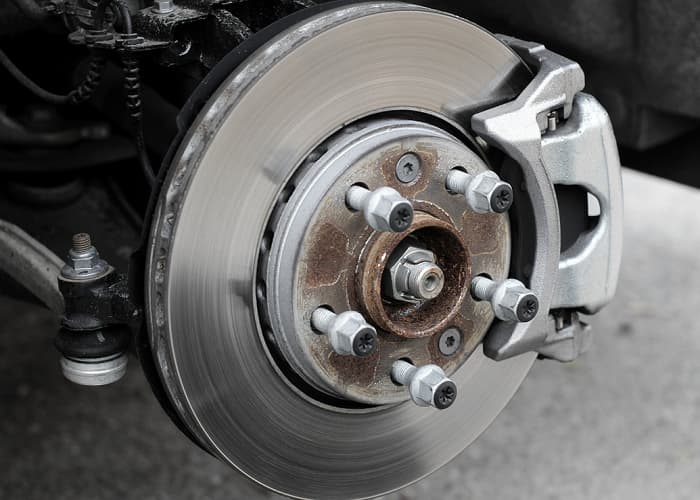

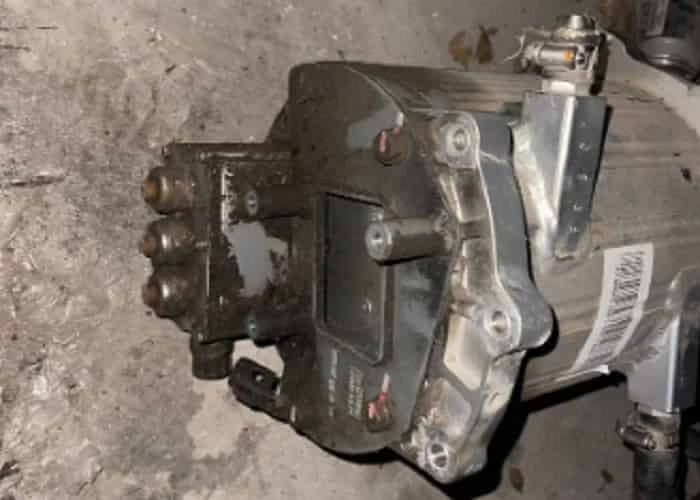

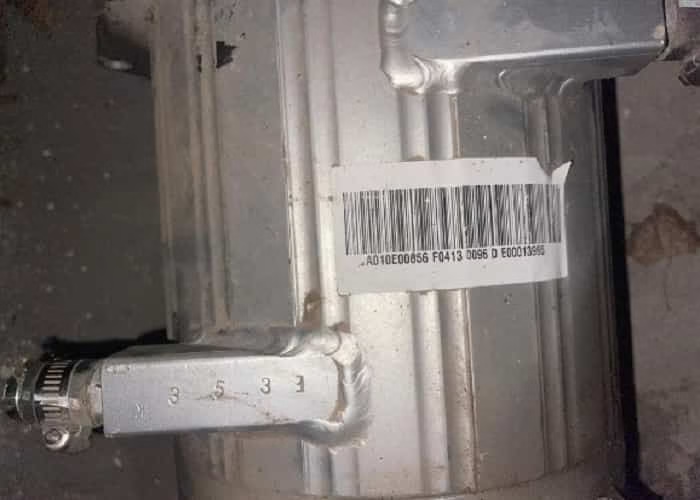
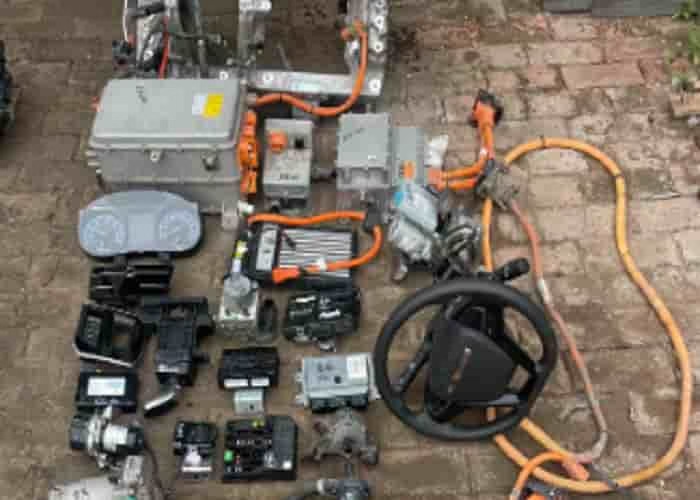

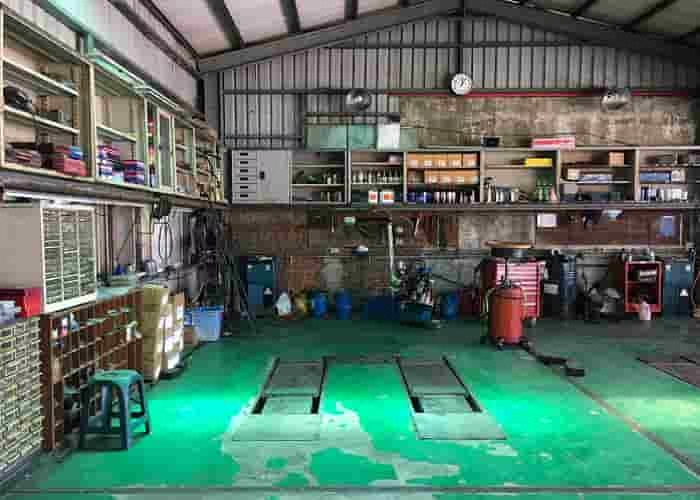
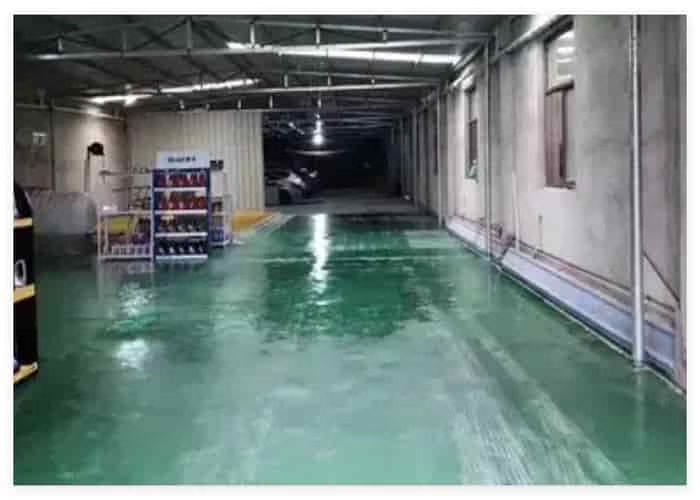






Leave a Reply